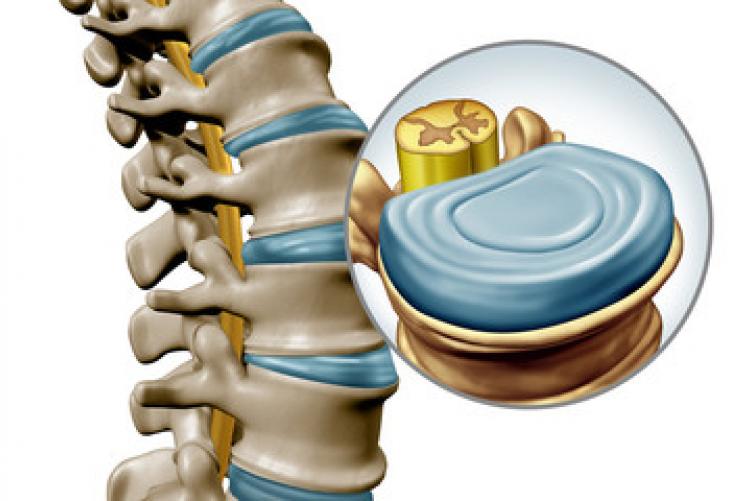Microscopic and Histological techniques: Light and electron microscopy, Different types of histologic, histochemical and immunohistochemical techniques and stains, cell markers and cell labelling; The cell: The structure and Ultrastructure of the cellular components as related to function. Chromosomal structure and cell division; Tissues: Epithelium and glands: Characteristics, classification, distribution, functions and regeneration of epithelia and classification of glands; Connective tissue:Connective tissue cells and matrix. Biosynthesis of extracellular components of connective tissue. Types, subtypes and characteristics of connective tissue fibres. Some hereditary connective tissue diseases. Features, types, growth and basic metabolism of adipose tissue;Cartilage and bone:Cell types, matrix structure, nutrition, growth, and regeneration of cartilage and bone. Regulator factors in cartilage and bone growth and repair;Blood, Haemopoietic and lymphoid tissue: Structure and function of formed elements of blood and lymph. Structure of bone marrow, lymphatic nodules, mucosa associated lymphatic tissue, spleen, thymus lymph node tonsils. Blood formation;Muscle (Propulsion tissue): Structure and Ultrastructure of different types of muscular tissue/muscle, in relation to function. Innervation and mechanism of contraction. Growth and regeneration of the various types of muscle tissue;Nervous tissue: Structure and Ultrastructure of neurons. Form and distribution of various nerve fibres, peripheral nerve endings, spinal and autonomic ganglia. Neuroglial cell types and functions. Types and functions of synapses;Organ Systems - Skin and appendages: The epidermis and its cell types including their features and functions. Structure and functions of the appendages of the skin including the breast. Structural characteristics and constituents of the dermis and hypodermis;Oral cavity and associated structures: The structure of the tongue including taste buds. Structure and functions of the glands of the oral cavity. Dentition in man. Structure and functions of parts of a tooth. The structure of the palate and pharynx; Respiratory system: Structure and ultrastructure of the components of the parts of the respiratory system namely nose, larynx, trachea, bronchi, the lung and air – blood barrier.The Circulation System: Different types of capillaries and exchange across capillary wall. Structure of different types of arteries and structural adaptations of the arterial wall to hypertension. The structure and Ultrastructure of the heart, lymphatic vessels, veins and venous sinuses. Arterio-venous anastomoses; The Digestive system: Structure and Ultrastructure of the various parts of digestive tube as related to function. Structure and Ultrastructure of the liver, billiary apparatus and the pancreas;The urination system: Histological structure of the kidneys as related to function. Ultrastructure of cells in various parts of the nephron. Structure and Ultrastructure of the urinary bladder, ureter and urethra;The reproduction system(s): Male reproductive system: The microscopic organization of the various parts of the male reproductive system and its accessory glands as related to function; Female reproductive system: The structural and ultrastructural organization and cyclic variations of the various parts of the female reproductive system as related to function.Endocrine System: Microscopic structure and cell types of various endocrine glands as related to function and disorders. Features, distribution and functions of the diffuse neuroendocrine system. Healing and regeneration:Cytological/histological changes in healing and repair and stem cell biology. Molecular Techniques: extraction of DNA, DNA sequencing.

